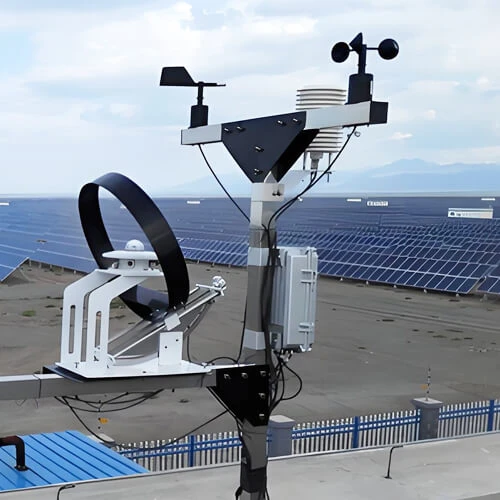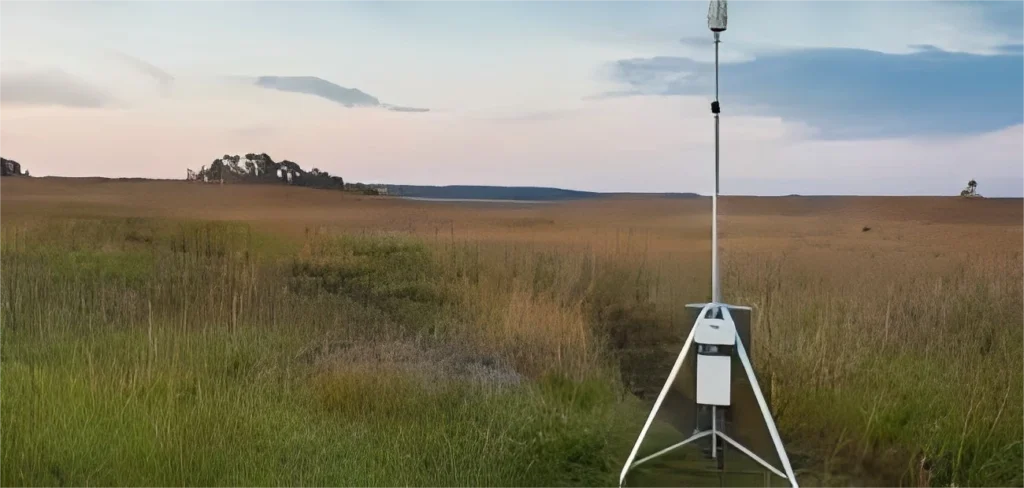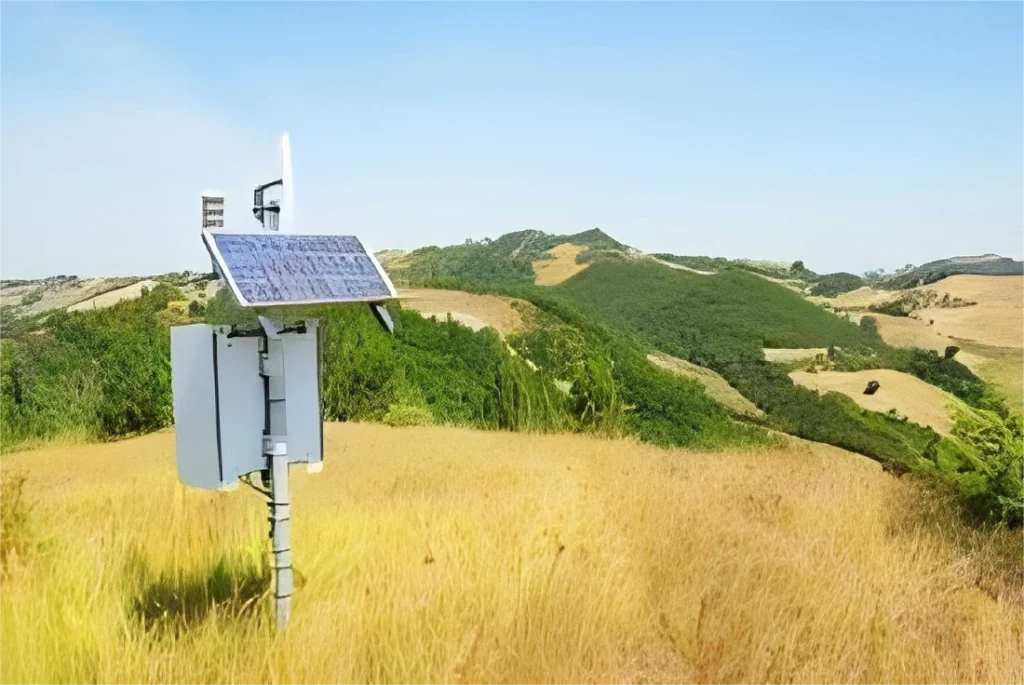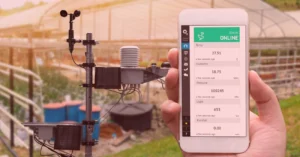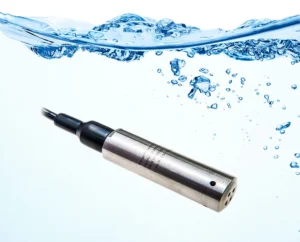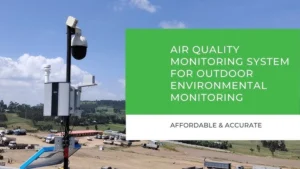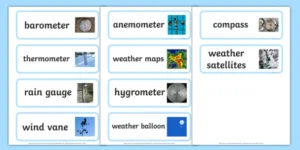What are the weather station equipment ?
The outdoor weather station is a smart system. It tracks changes in the environment and sends alerts. This technology is mostly used to predict the weather. Automatic weather stations have improved a lot over the years. Their use has grown in many industries.
A typical home weather station has several important parts. These parts include weather sensors, weather data systems, and solar power supplies. It also has light shutters, covers for protection, and brackets for mounting.
The sensors measure different weather factors. These factors are wind speed, wind direction, rain, and sunlight. This article looks at the types of weather tools. It also looks at how to set up weather stations for expert insights.
Types of Weather Stations and Instruments
Weather instruments are tools that measure various weather conditions. We can group them into three main types based on what users need. The first type is weather stations that stay in one place. These can be set up on poles or tripods.
The second type is portable weather stations. The third type is stations that monitor rainfall. These are also set up on poles or tripods. Some of these station includes large LED screens. They show real-time data.
Stationary Meteorological Stations
– Soil temperature, moisture, EC (electrical conductivity), and pH
– Air temperature and humidity
– Noise levels, Carbon dioxide levels and atmospheric pressure.
– Rain, snow, UV radiation, and solar radiation.
– Pollutants such as carbon monoxide, ozone, nitrogen dioxide, sulfur dioxide, hydrogen sulfide, TVOC (total volatile organic compounds)
– Particulate matter (PM2.5 and PM10)
– Negative oxygen ion levels
– Soil nutrients are nitrogen, phosphorus, and potassium.
We can change these stations to watch specific elements. Wind speed and direction sensors come in two types: split designs and ultrasonic models.
Portable Weather Stations
There are two main types of portable weather stations:
1. C-Type Integrated Weather Station:
This digital weather station can track up to nine different things. These include wind speed, wind direction, air temperature, and how humid it is. It also tracks atmospheric pressure, noise, carbon dioxide, PM2.5, PM10, and negative oxygen ions.
2. Ultrasonic Integrated Weather Station:
This system tracks ten elements like the C-type. It also offers more options for customization and better precision.
Both versions let users choose the monitoring elements they need.
Ultrasonic Weather Stations
The CDQ-T1C ultrasonic professional weather station is a full monitoring device. It uses sound waves to measure how fast the wind blows and which way it goes.
It also measures barometric pressure, air temperature, humidity, solar radiation, noise levels, PM2.5, PM10, and rainfall. You can use features like a compass and GPS. These features give extra data such as location and speed.
Key characteristics of the ultrasonic weather station:
– **Accuracy:** The device has strong MEMS sensors. These sensors are safe from radiation. They give reliable readings for temperature, humidity, and pressure.
– **Fast Response:** Ultrasonic technology is used to measure wind speed and direction. It does this by looking at the differences in travel period of time.
– **Precipitation Monitoring:** This device has a 24G radar sensor. It quickly detects rain and how heavy it is.
– **Versatility:** We can add GPS modules and electronic compasses to make things better. This will help us measure the real wind speed and direction correctly.
This tool is perfect for hard jobs. It works well in all kinds of weather.
By choosing the right types of wireless weather station and instruments, users can easily track many environmental factors. Weather enthusiasts can also use new sensor technology.
